If your garden is flush with ripe juicy tomatoes right now, it’s hard to believe the clock is ticking quickly toward the first frost of fall. And if you haven’t planned for fall planting yet, your options are much more limited now than they are earlier in the season.
Luckily, there are still many crops that can be planted and harvested ahead of the first freeze in your garden.
Knowing what grows fast—and planting them now—is also a better option than watching your summer vegetables struggle to ripen the last few fruits. (Looking at you, tomatoes—here’s how to ripen the last of your tomatoes fast.)
Those heat-loving plants will start to wind down and produce less and less with each diminishing day of light, so it’s a good time to pull them out and put in crops that thrive in cooler weather.
Besides, all of these crops actually do better when they’re allowed to mature in fall and winter, as they’re naturally programmed to turn sweeter after a few frosts.
So if you’ve ever wondered, “What can I plant right now this late in the season?” this guide can help you choose reliable, unfussy, and easy-to-grow crops for the waning summer days.
Related: 6 Foolproof Tips to Germinate Hard-to-Start Seeds—Fast!
Here are my top picks for fast-growing fall vegetables that mature in 40 days or less.
Why 40? Because few vegetables are ready for picking in fewer days than this, but it’s still a short enough period (a little over a month) that it’s easy to plan for and execute this time of year.
Like things that grow fast? Here are more posts to explore:
- 83 Fast-Growing Short-Season Tomato Varieties for Cold Climates
- The Best Seeds to Plant in Spring for Instant Gratification
- The Best Fast-Growing Trees for Privacy, Shade, Color and More
Consider this your last call for planting and sneak in just a few more harvests before you put your garden to bed for winter.
Disclosure: If you shop from my article or make a purchase through one of my links, I may receive commissions on some of the products I recommend.
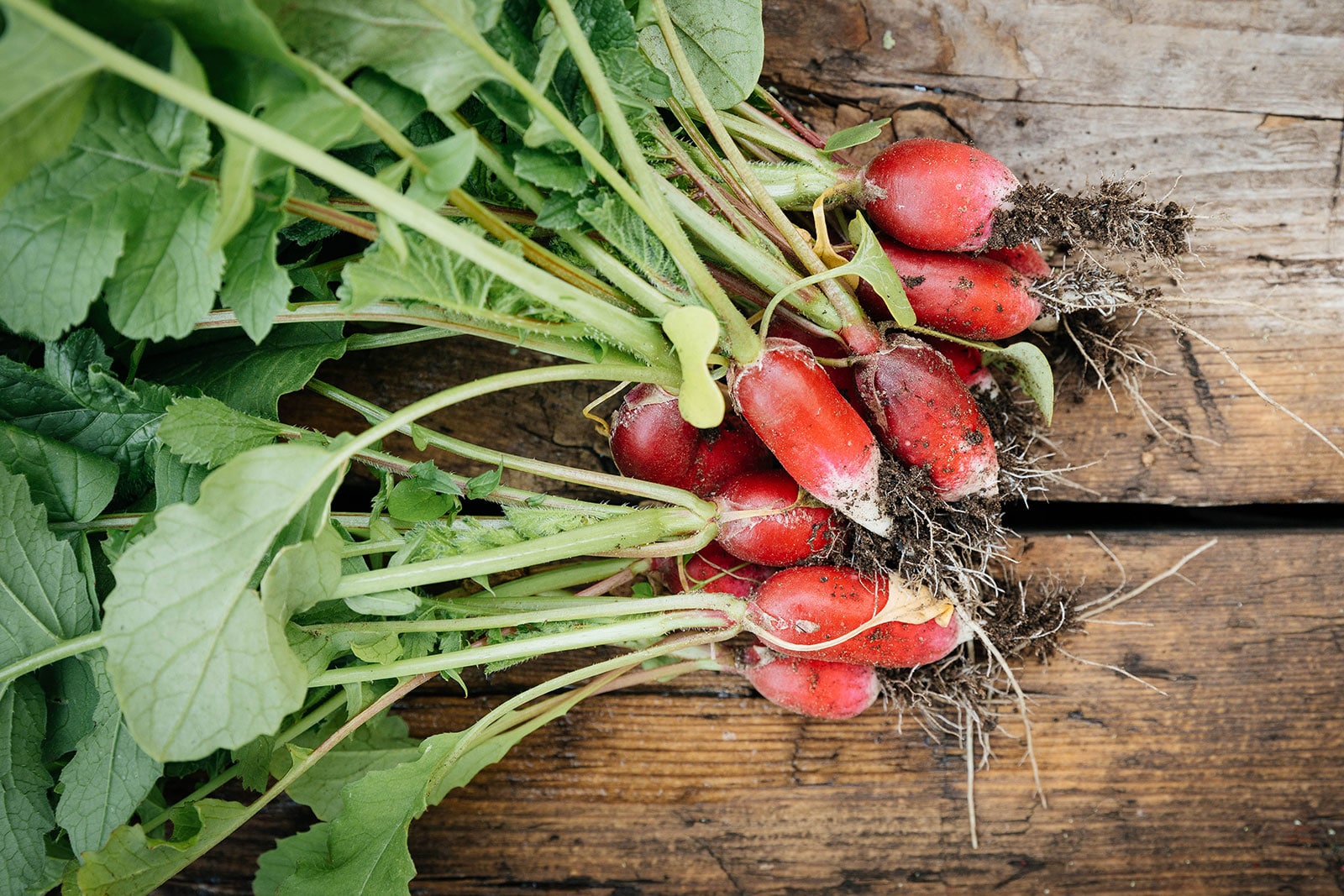
1. Radishes
Seed to harvest: 20 to 25 days
The same radishes you planted in spring also do well in late summer and early fall, and they’re always one of the first crops to germinate and mature in the garden, giving you near-instant gratification. Succession sow the seeds and you can get at least two harvests before frost.
Radishes are ready for harvest once they reach about 1 inch in diameter. Don’t toss the greens—radish tops are edible too.
Favorite varieties: French Breakfast, Cherry Belle, Easter Egg Blend, Crimson Giant
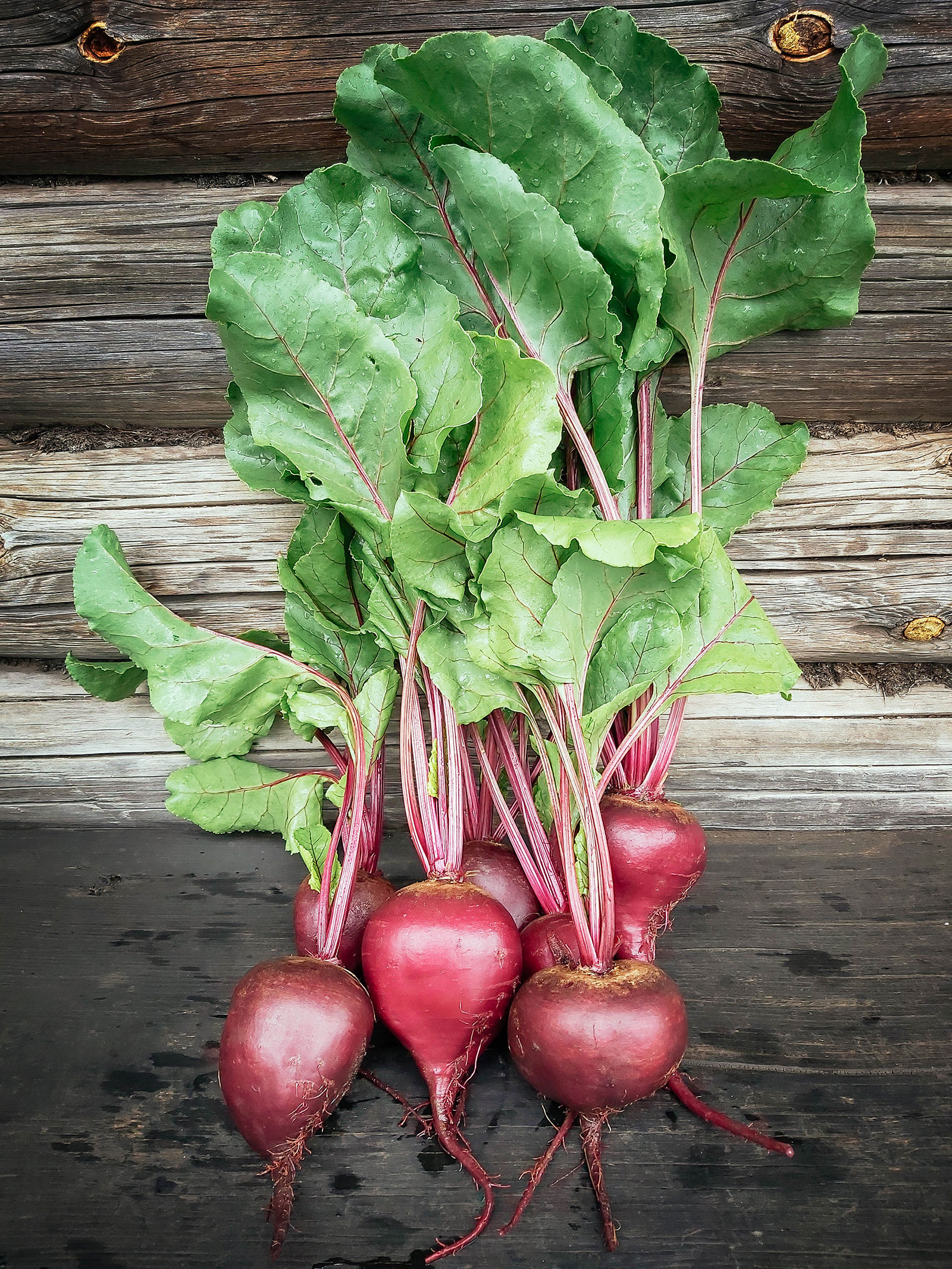
2. Baby beets
Seed to harvest: 40 days
Miniature beet varieties (like Babybeat and Baby Ball) are perfectly round and ready for harvest in 40 days. At full size they measure just 1 to 2 inches in diameter, but truth is, any beet can be harvested in the baby stage.
When you pick a beet early, you also get the bonus of beet greens, which are so tender when young that you can eat them raw in salads. (You can also roast and pickle beets whole!)
Favorite varieties: Babybeat, Baby Ball, Chioggia, Golden Boy
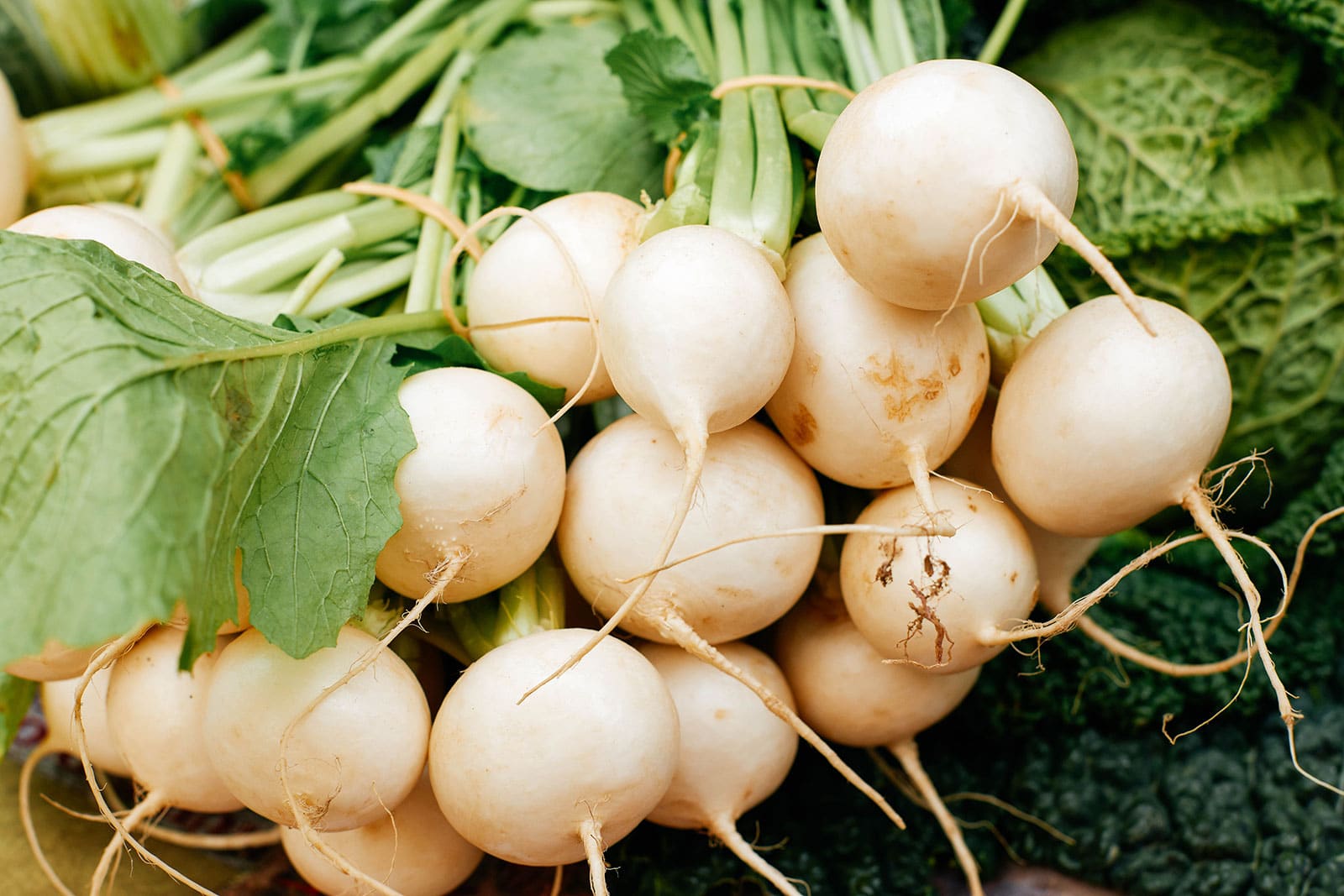
3. Turnips
Seed to harvest: 30 to 40 days
As one of the most reliable fall crops, turnips can be harvested at any stage of growth. When they’re young, turnips (both the roots and the greens) are actually milder and sweeter, so they’re a good way to go if you find mature turnips too bitter.
Pick them once they reach 1 to 1 1/2 inches in diameter and try them pickled, sauteed, or roasted.
Favorite varieties: Purple Top White Globe, Market Express, Golden Ball, White Egg
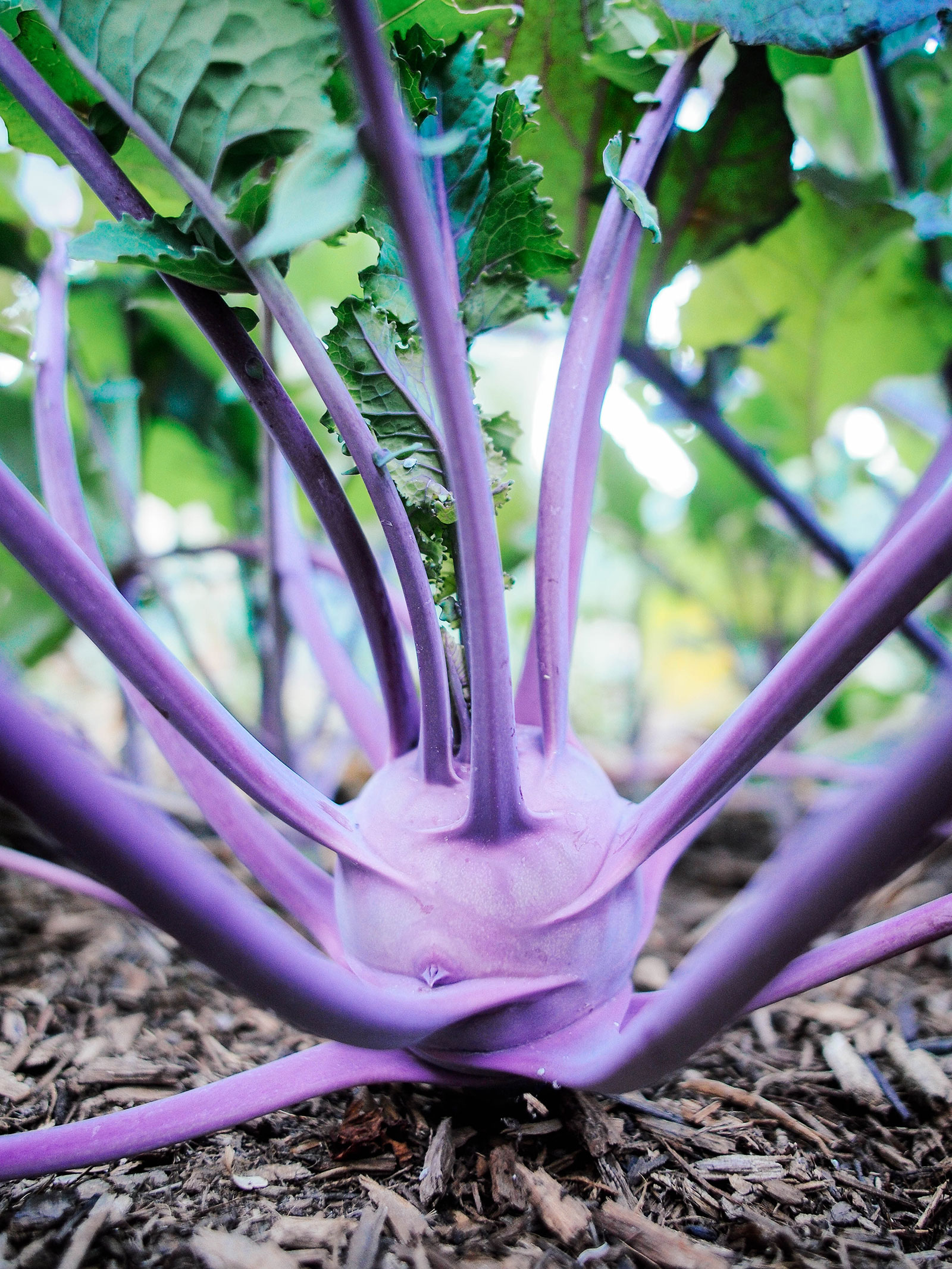
4. Kohlrabi
Seed to harvest: 40 days
Many people shy away from kohlrabi because it looks so strange, but it’s a versatile vegetable that starts off sort of peppery when raw, and mellows into a smooth, mild flavor when cooked.
Kohlrabi typically takes 50 days to mature, but you can pull it earlier without sacrificing too much in size. The bulbs and leaves are all edible, so you get a double harvest before the season’s over. Be sure to plant kohlrabi that’s meant for fresh eating (and not storage kohlrabi).
Favorite varieties: White Vienna, Purple Vienna, Konan, Blauer Speck
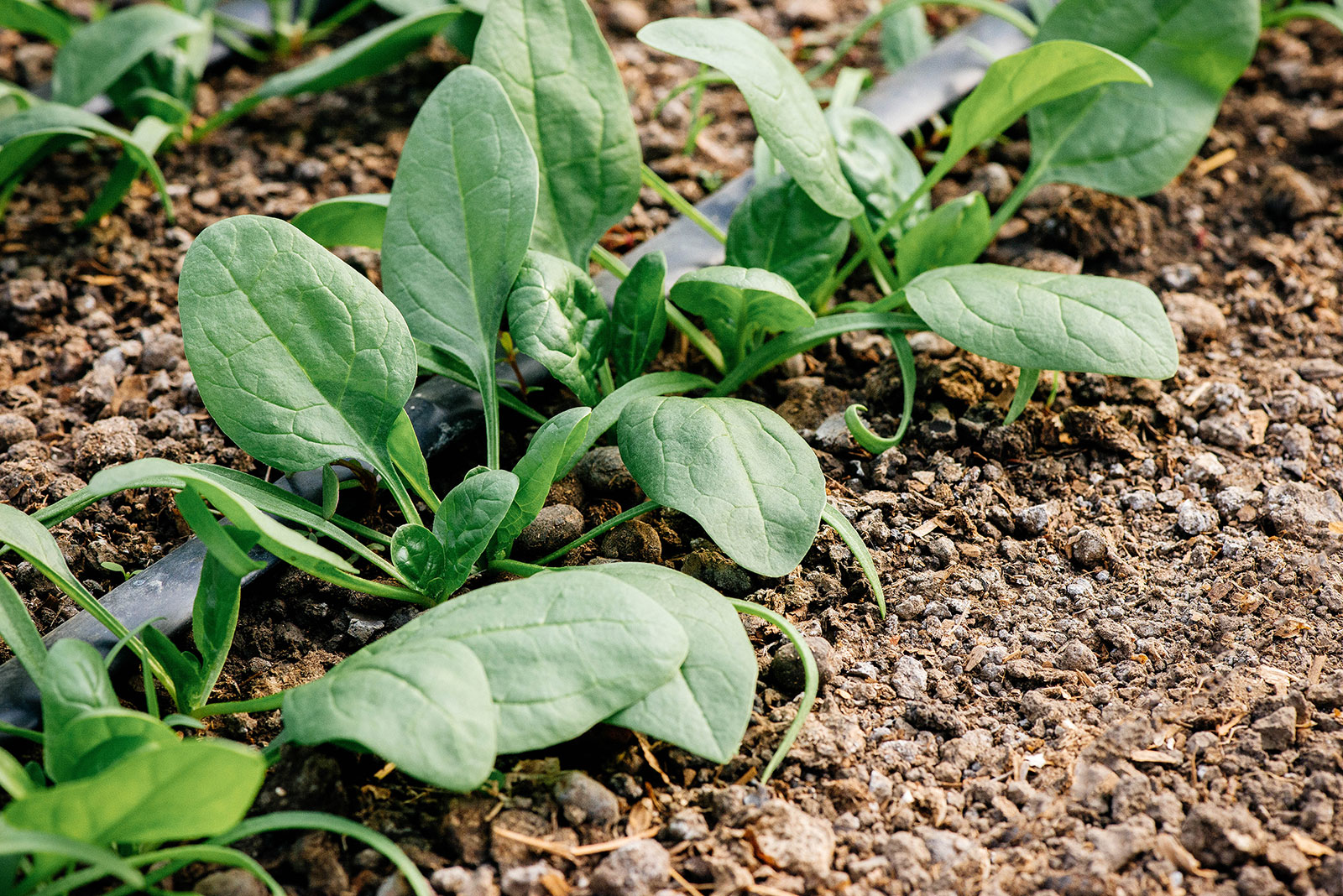
5. Spinach
Seed to harvest: 30 to 40 days
Spinach is a cold-hardy vegetable that makes a great cut-and-come-again crop. Just snip a few outer leaves from each plant and let them continue growing until, well… you’re sick of eating spinach! This frost-loving vegetable can survive down to 20°F, so it’s an excellent choice if you want to keep harvesting salads in winter.
Spinach seeds won’t germinate if soil temps are over 75°F, so use a soil thermometer like this one to figure out the best time to plant.
Favorite varieties: Bloomsdale, Matador, Lavewa, Noble Giant
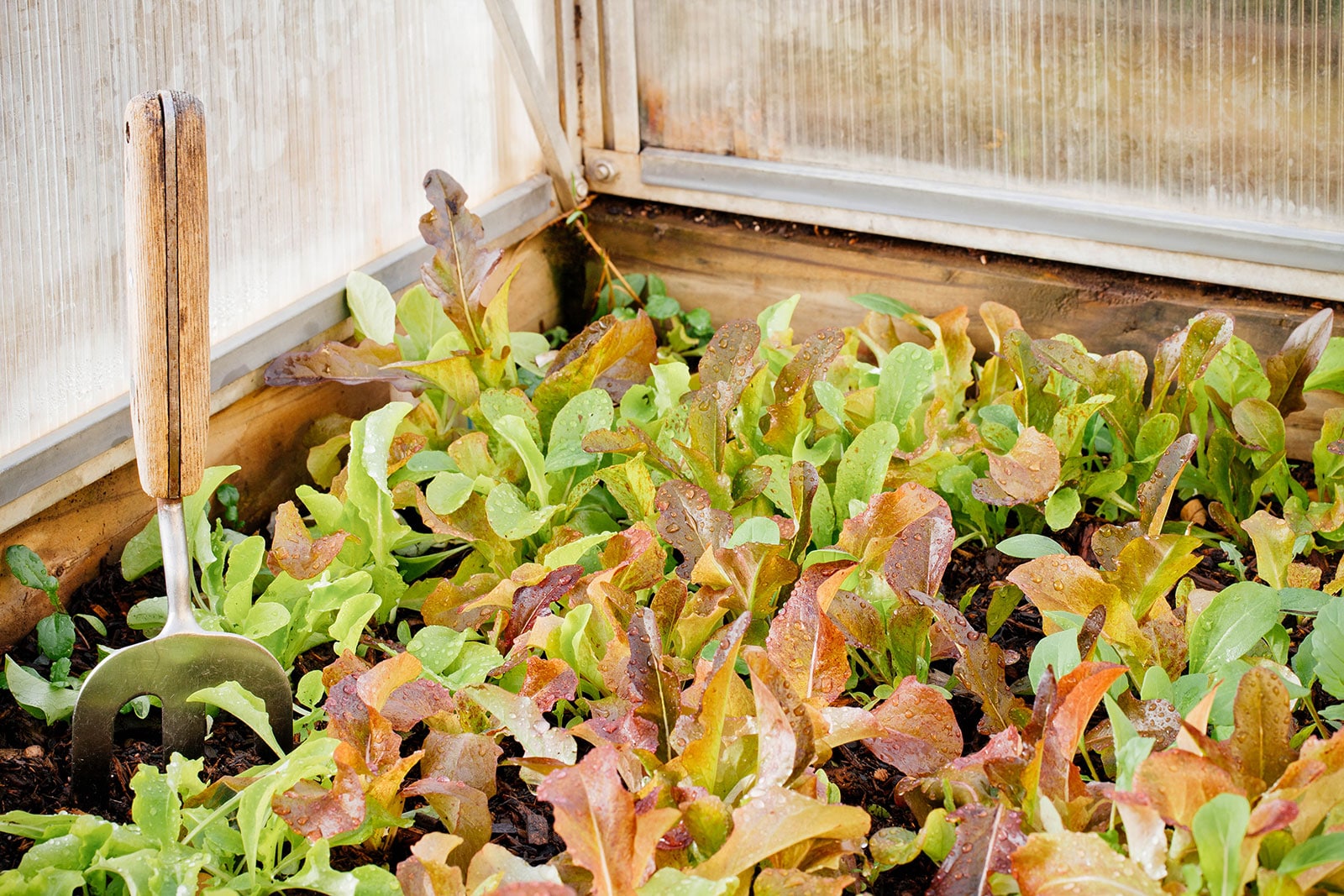
6. Lettuce
Seed to harvest: 21 to 30 days
If succession planted, lettuce can provide at least two harvests before frost sets in (as long as you have a minimum of 40 days before your first freeze).
It grows easily in late summer and early fall conditions, but struggles to germinate if soil temperatures are over 80°F. So if there’s a late-season heat spell, you may be better off starting seeds indoors and transplanting when the weather’s cooler.
Favorite varieties: Salad Bowl Blend, Gourmet Baby Greens Mix, Chef’s Choice Mesclun Mix, Black Seeded Simpson
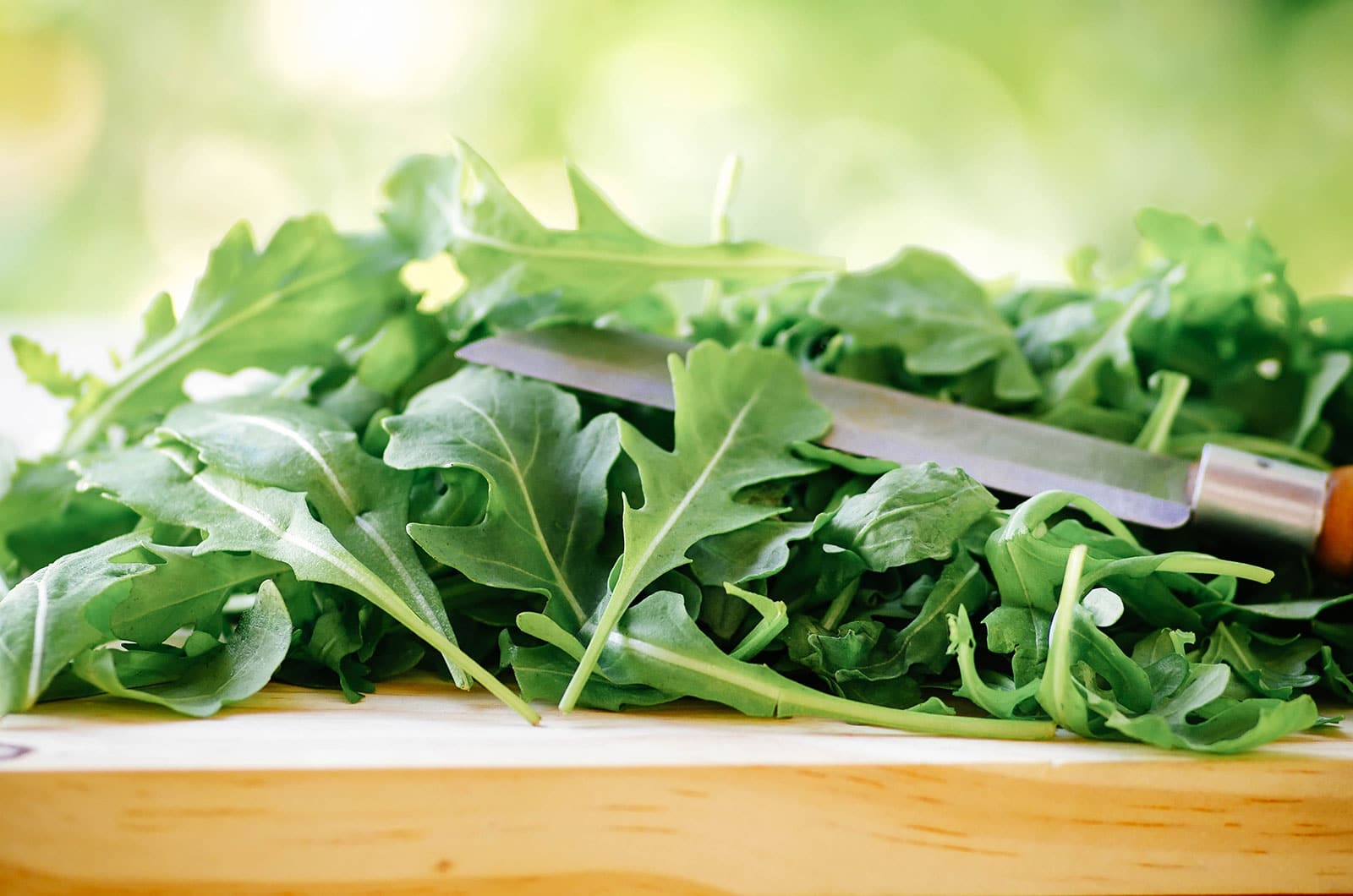
7. Arugula
Seed to harvest: 30 days
This peppery green is right behind lettuce in terms of harvesting, so it’s a great choice for a quick-growing salad garden. You can begin picking the outer leaves when they’re at least 2 inches long, and continue picking through winter.
Depending on the variety, arugula can withstand temps as cold as 20°F to 25°F, but growth will slow down as the amount of daylight wanes.
Favorite varieties: Rocket, Wild Rocket, Astro, Rocky
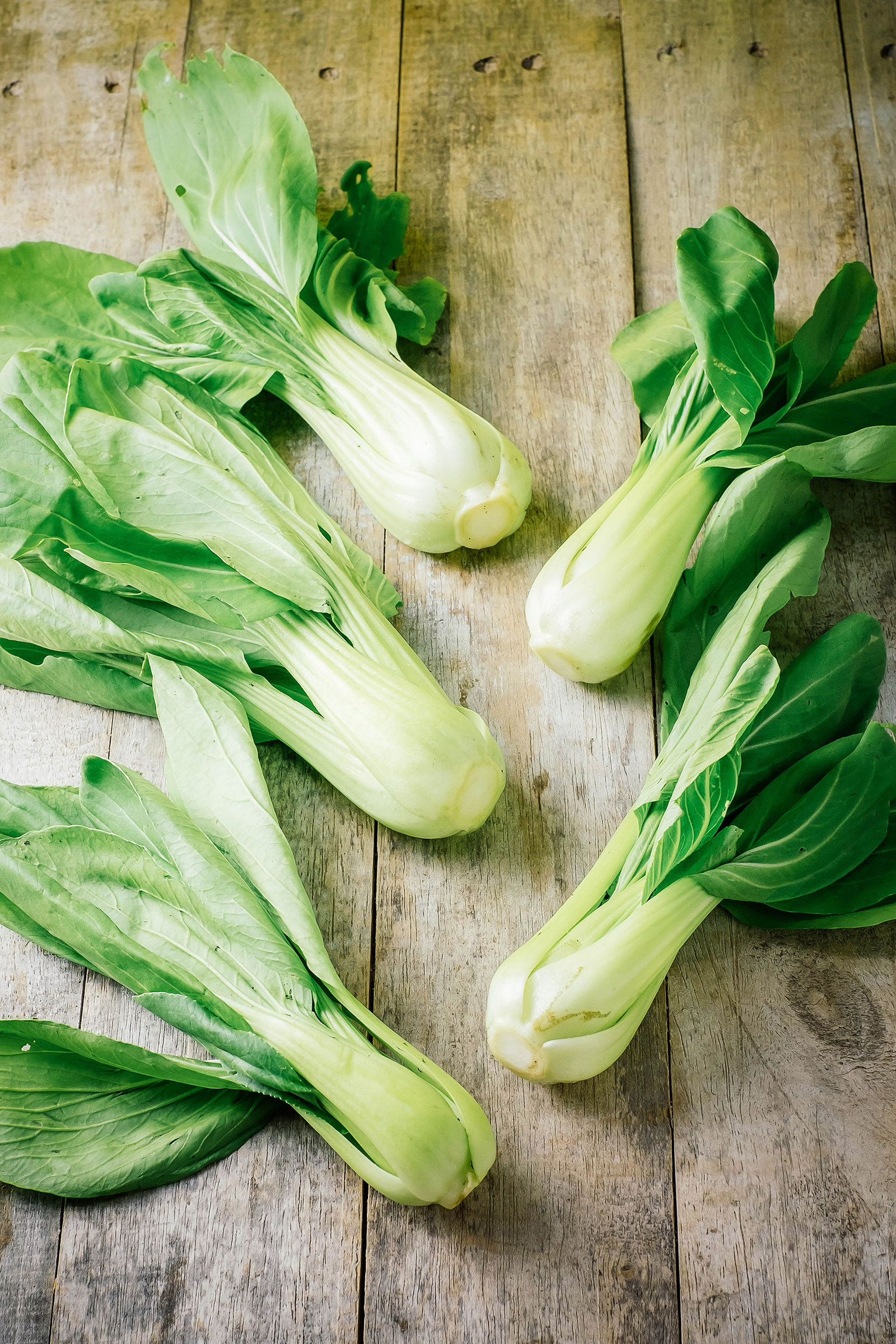
8. Baby bok choy
Seed to harvest: 30 to 40 days
While regular bok choy takes months to mature, the smaller cultivars (most often referred to as baby bok choy) are ready for harvest in just one month! But can you simply pick regular bok choy in the baby stage? Definitely—you can even eat the seedlings if you need to thin the crop.
The trick to making bok choy last longer in the garden is to treat it as a cut-and-come-again crop, instead of picking the entire head. If you snip just the older outer leaves from each plant, you can keep the plants going for quite a while.
Favorite varieties: Toy Choy, Baby Choi, Pak Choy White Stem, Canton Pak Choi

9. Mustard greens
Seed to harvest: 30 days
There are endless varieties of mustard greens to choose from and they range in flavor from mildly spicy to super peppery. Mustards make an excellent fall crop because they grow well when the weather’s warmer in late summer, and continue to thrive in cold weather. (They can even take a light frost.)
You can harvest mustard greens in the microgreen stage, baby leaf stage, and all the way up to full size.
Favorite varieties: Mizuna, Tendergreen Mustard (Komatsuna), Red Giant, Tatsoi
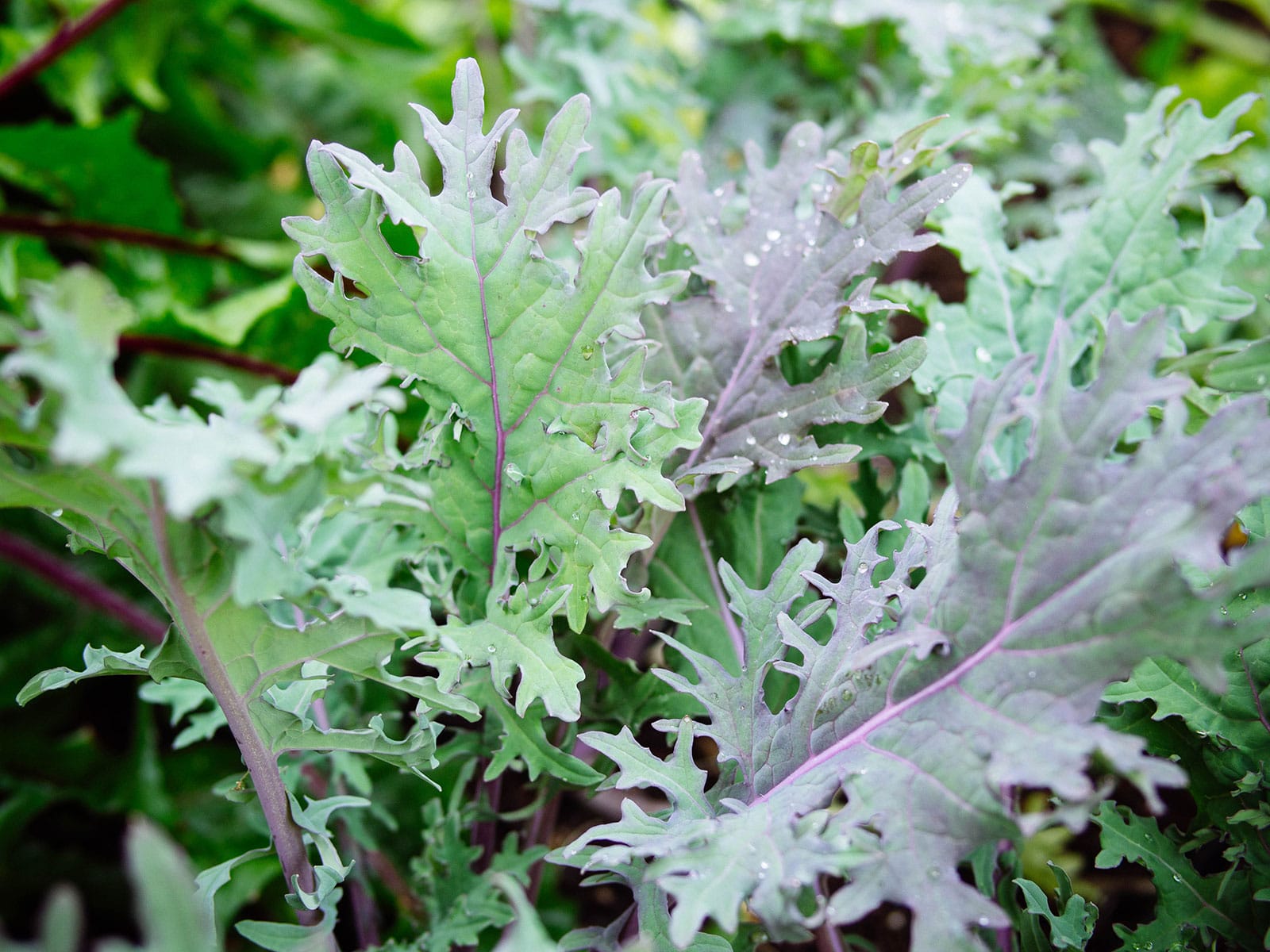
10. Kale
Seed to harvest: 30 days
While it typically takes kale around 60 days to mature, the small, tender leaves can be picked in half that time.
Baby kale also has a less intense flavor than its full-grown self, so if you’re sensitive to the bitter compounds in brassicas, it’s the best time to harvest for salads. You don’t need to “massage” baby kale to soften its texture, and the stems are thin enough to be edible.
Wait to harvest your kale until after a few frosts, and you’ll find it ends up tasting sweeter too.
Favorite varieties: Nero Toscana, Blue Curled Scotch, Red Russian, Redbor
More end-of-season posts you might find helpful:
- How to Save and Store Seeds for Next Year’s Garden
- The Power of Fermenting and Saving Tomato Seeds
- Curing: How to Make Pumpkins and Squash Last All Winter
- The Best Way to Store Vegetables Over Winter
- Fall Garden Checklist for Maximizing the Season and Winterizing Your Yard
View the Web Story on fast-growing vegetables.


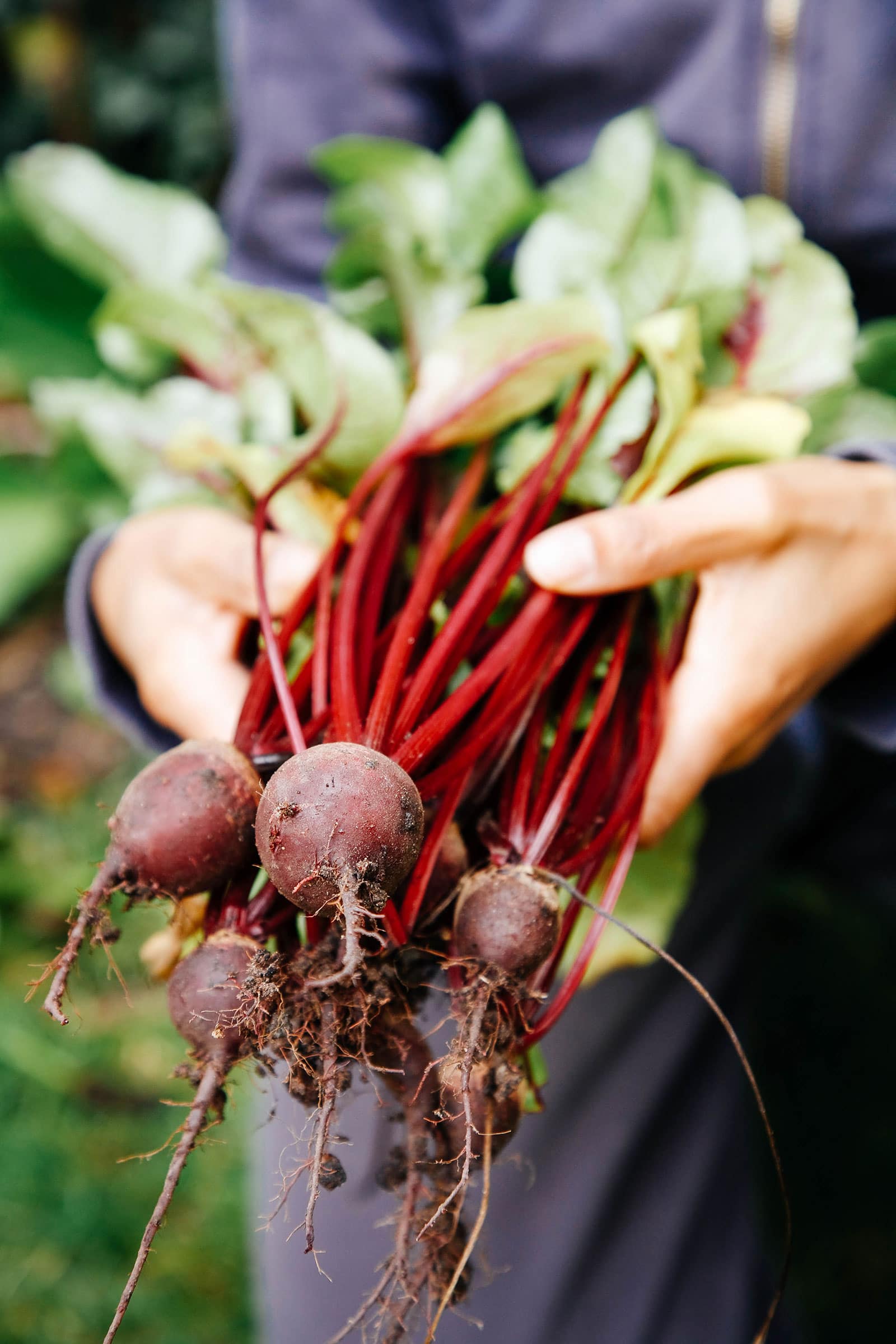













Hi Linda,
I love your articles! I’m in Quebec (zone 5B) and this year was a horribly rainy summer. My tomato plants are affected by mildew because the leaves got so much rain! I didn’t find any articles from you on this subject so it might not be something that you’ve seen? If you do have input on this subject and some time to respond I’d love your comments on this.
I read that they should be removed and burned… seems extreme? I’ve left them in the soil (most are in large 60 L pots + some in ground) and still have some tomatoes coming to maturity although several are dying. I’m assuming that the healthy looking tomatoes are still edible?
Those that are close to “dead”… should I remove the roots or just cut at the base? Should a layer of soil be removed or can I simply plant some autumn veggies that you suggest in this post? I have seeds for kale, spinach, baby bok choy, radish, lettuce and turnips.
Thanks so much for your awesome blog !
To remove tomato plants, dig the root out also. To keep tomato plants alive longer to eat the edible delicious ripening fruit, cut out all the worst leaves and discard away from the garden. To encourage more blooms, fertilize with dissolved Epsom salt in water. To encourage more leaf growth, fertilize with fish emulsion diluted in water.
Hi Elizabeth, I am also in Quebec zone 5, I found what works best to control mildew and extend the growing period is to first trim and discard the affected leaves and then spray the entire plants with the copper fungicide “Bordo” using a pressure sprayer. You can apply it preventively in August and repeat again as needed following the label. At the end of the season, pull the entire plants and discard them, and don’t plant tomatoes in the same spot next year. Good luck.
I meant to say subscription and random advertisements
Good Morning !
I love all of your articles… I do have one problem with your subscrition is that you have sooooo many adds popping in on your beautiful, wonderful articles… is there any way that you can lower the amount of adds on your page?
Thank you
Hi Judith, since I do not offer subscriptions to my site (all of my content is provided for free), the ads are in place to fund the ongoing costs of maintaining Garden Betty on a professional level. This site is my full-time job and how I support my family. Without ads, I would not be able to dedicate the amount of time needed to research, write, photograph, promote, etc. In the very near future I plan to give an option to download my more popular articles as PDF files (without ads) for a fee, as I know some people prefer to print the info to keep on hand. Hope you understand, and thank you for supporting my site!